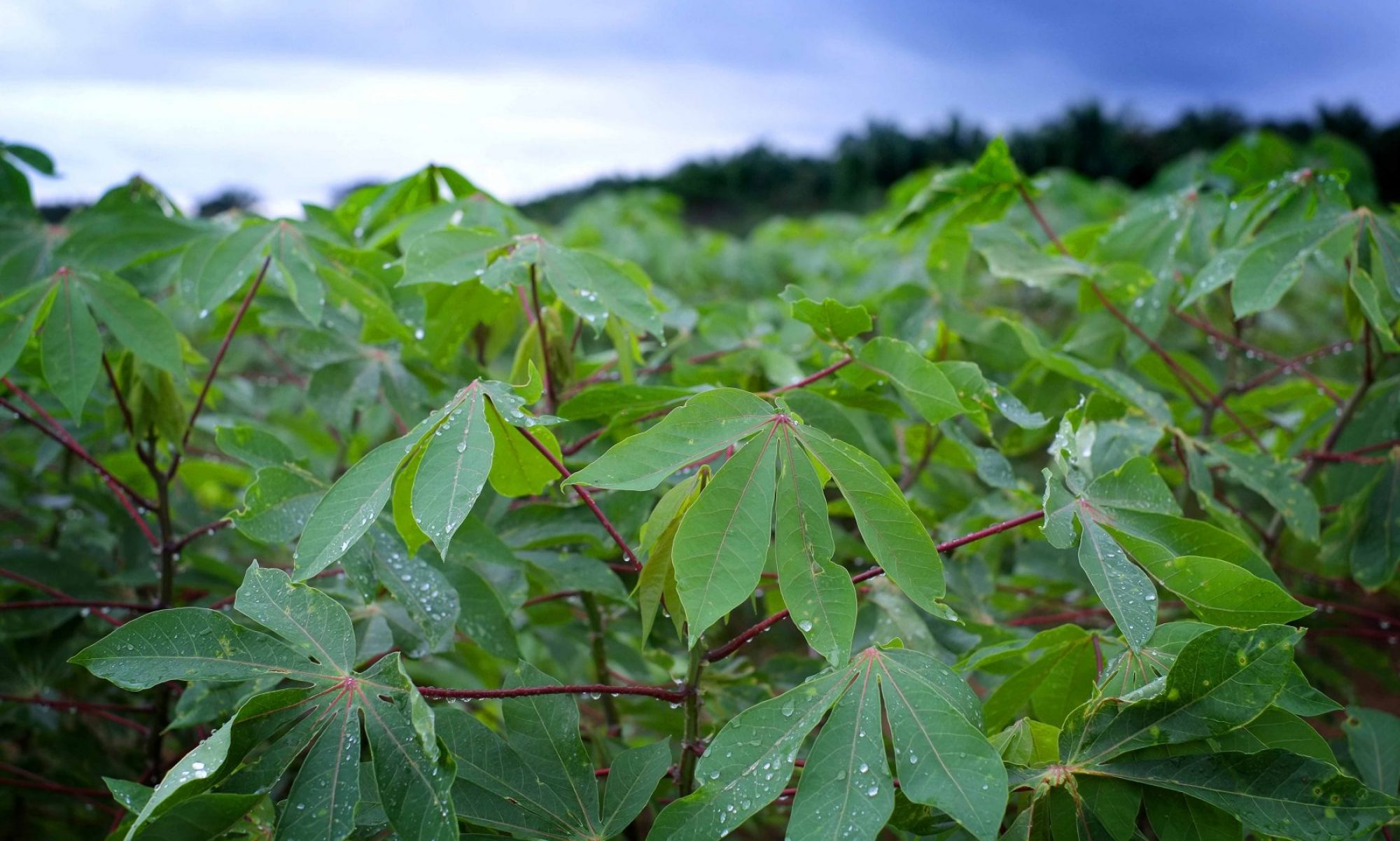Sequencing of the Glomus genome
Two exciting recent developments provide insight into whether AMF are naturally heterokaryotic. A major milestone in research on AMF has been made in the last few months. The Glomus genome consortium (lead by Francis Martin, INRA, Nancy) has completed sequencing of the G. irregulare genome. The first assemblies of this data indicate a haploid genome of approximately 120-150 Mb. The genome contains many stretches of coding regions with an average size of approx. 50 Kb with very little polymorphism.
From this data there is no evidence to support polyploidy in this AMF species as different copies of the same gene would be expected. Data from coding regions would suggest that there is only one haplotype of the fungus (homokaryosis). However, between these coding regions are many stretches containing repeats and transposable elements. This represents a large part of the genome between 20-40 Mb and mostly fails to assemble (F. Martin, personal communication). These parts of the genome could be very dynamic, with chromosomal rearrangements and polymorphism that could result in differences among nuclei.
How do our findings relate to the new information on the Glomus genome?
New findings: Significant genetic and phenotypic changes arising from clonal growth of a single spore of an arbuscular mycorrhizal fungus over multiple generations by Ehinger et al. In Press; New Phytologist, Blackwell Publications
Download a pdf of the in press publication here
Indeed, in our own work, almost all multi-allelic markers found in single AMF isolates are based on sequence differences that are not repeats themselves but were found by specifically screening repeat regions of the genome (Croll et al 2008; Angelard et al 2010). The variation and nature of polymorphism in these regions needs to be addressed in more detail and this cannot be accomplished by standard sequencing methods such as 454 or Illumina sequencing which are inappropriate for dealing with such regions. We are currently taking alternative strategies to do this.
A second pertinent development concerns new data from our own group. We took a single spore of a parental AMF isolate that has never been crossed. From this line, we took single spores of the fungus and created new cultures. In one generation, we observed that 5 sibling lines were genetically different from each other with respect to the frequency of the four alleles at the Bg112 locus (Ehinger et al. in press, New Phytologist). The changes in relative frequency of the 4 alleles are very difficult to explain unless the alleles are located on different nuclei. These results support the existence of naturally occurring heterokaryosis in the AMF G. irregulare. Very surprisingly, the study also showed that after one generation, the sibling AMF that all originated from one parental AMF spore exhibited significantly different phenotypes from each other. It is clear from this experiment that some variation, whatever that might be, allows considerable phenotypic variation and this needs to be explained. We hypothesize that the fungi are heterokaryotic and that quantitative changes occur in the frequency of the different nuclei leading to genetic and phenotypic differences among sibling AMF. The alternative hypothesis is that if AMF are not heterokaryotic and so that changes in the AMF phenotype are due to epigenetic mechanisms because of DNA modifications. Both of these hypotheses are now being addressed in our group.
